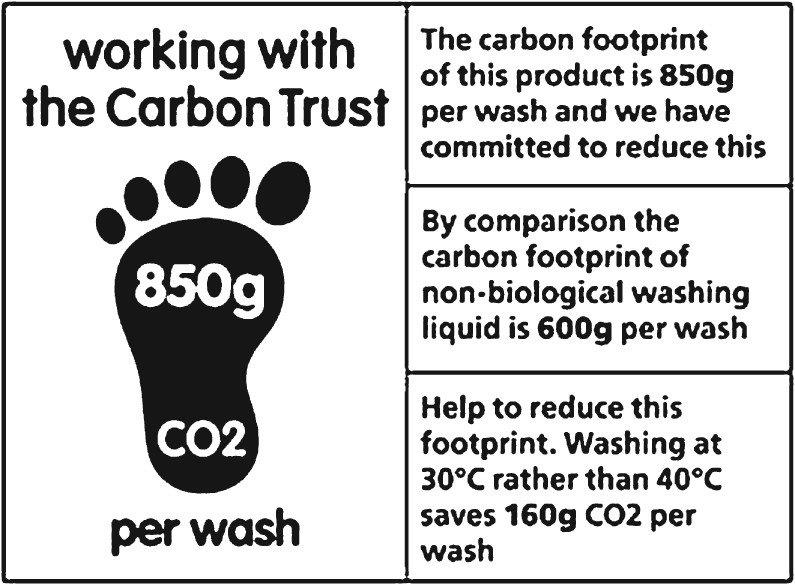

About Collaboration Earth
The Goal?
Achieve a net negative carbon emission by 2030.
The Rationale:
Pride in reducing my carbon footprint and satisfaction influencing the production of products I buy.
The outcome of Earth’s climate crisis boils-down to tackling two questions:
1. How do we reduce our carbon emissions?
2. How do we drawdown existing CO2 from the atmosphere?
Success addressing the first question is important because the current carbon footprint of the products

The issue of addressing the second question is exacerbated because some people regard developing
technology to remove atmospheric CO2 will only serve to disincentivise a need for success with the
first question, i.e. Why worry about reducing a product’s carbon component if it can be removed from the atmosphere anyway?
CollaborationEarth credits (CE credits) are a tool enabling us to attack both questions together. It achieves this without
government intervention, without taxes or new laws. CE credits are a twin strategy, bottom-up approach.

In recent years, technology has been developed to extract CO2 directly from the air and store
it in perpetuity. Companies using these technologies are called Direct Access Carbon Capture (DACC)
companies. The CE credits scheme involves individuals purchasing, on a voluntary basis, CE credits
from DACC companies. Each CE credit certifies that one kilogram of CO2 has been extracted from the atmosphere
and stored. The person then uses their purchased CE credits in two ways. Firstly, they display a record of their
purchases on the Collaboration Earth’s website as a publicly available register of their offset to their carbon footprint.
Secondly, they spend these CE credits with vendors on specific products with a certified carbon component.

Hundreds of companies sell thousands of products displaying a carbon component on the packaging.
You may have observed this. If you haven’t, look for it. It appears on the packaging as a number in a
similar way to the product’s display of fat, salt and sugar content. When you spend your Carboncoins with a vendor,
you are signalling to the vender your preference for low-carbon component products. With this action, you incentivise

Just as we take pride in placing an ever-greater proportion of our refuse in the recycle bin,
Collaboration Earth members take pride in displaying an ever-greater carbon offset to their carbon
footprint on the Collaboration Earth website. Members also derive satisfaction from exerting direct influence
on the supply chain of society’s goods and services.
You show how you make a difference.





